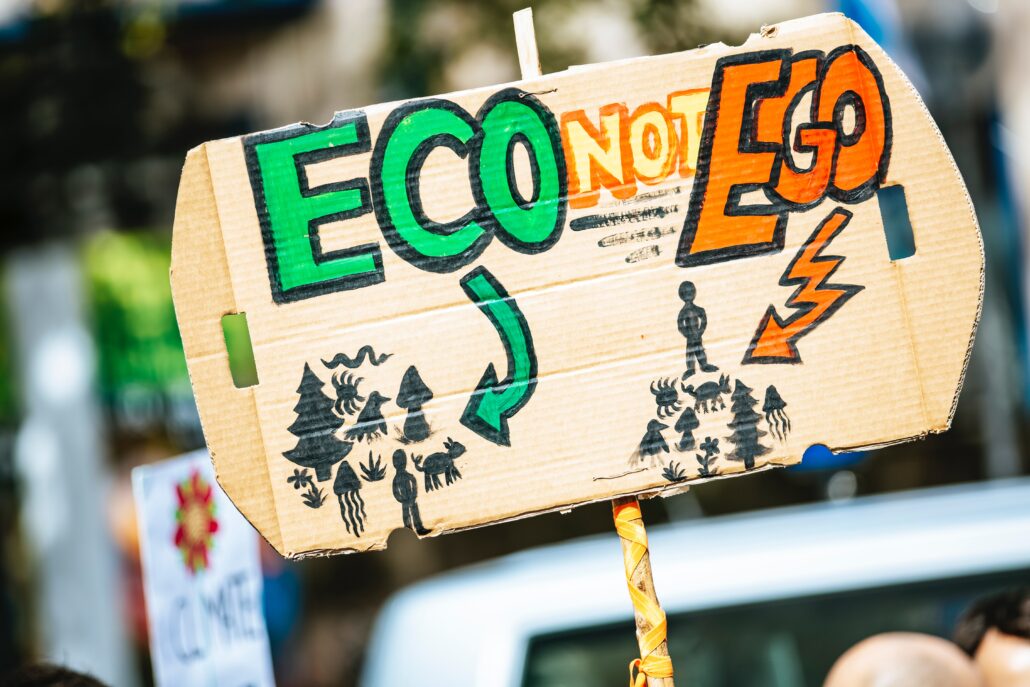 https://greenmarked.it/wp-content/uploads/2024/06/agriculture-2361978_1280.jpg
779
1280
Etienne Hoekstra
https://greenmarked.it/wp-content/uploads/2022/01/LOGO-GREENMARKED-SITO-600x600.png
Etienne Hoekstra2024-06-28 18:34:132024-06-29 10:24:20Balancing Agriculture and Sustainability in the EU
https://greenmarked.it/wp-content/uploads/2024/06/agriculture-2361978_1280.jpg
779
1280
Etienne Hoekstra
https://greenmarked.it/wp-content/uploads/2022/01/LOGO-GREENMARKED-SITO-600x600.png
Etienne Hoekstra2024-06-28 18:34:132024-06-29 10:24:20Balancing Agriculture and Sustainability in the EUDecember 06, 2022

If the Mona Lisa, Van Gogh’s paintings, Monet’s paintings can be considered cultural heritage and a jewel of humanity, can damaging them be compared to damaging a centuries-old World Heritage ecosystem, such as the redwoods in Yosemite Park or the beech forests in the Carpathians?
The answer is not so simple. The forest provides many ecosystem services that a picture cannot. Moreover, it is a natural resource, as opposed to a work of art. But from an ethical and moral point of view, doesn’t throwing a pie in Mona Lisa’s face carry the same weight as cutting down a thousand-year-old redwood? With such extremist gestures, does one go from right to wrong?
Art has become the hottest topic for environmental activism this year. Remarkable art works have been affected by an angry movement that aims to be heard as much as possible. An insurrection of human beings worried about the future of the next generations and about the lengthy timescales of politics has started crying out for drastic change in the short term.
In London, Van Gogh’s Tournesols was showered with tomato soup [1]; in Potsdam, Monet’s Les Meules was vandalized with mashed potatoes [2]; in Melbourne, two people glued themselves to the Picasso Massacre en Corée [3].
While in these examples the perpetrators were limited to damaging the protective glass, more recently works without any coating have also been targeted. For example, during the “Andy Warhol: La Pubblicità Della Forma” exhibition in Milan, eight kilograms of flour and some paint balloons covered the car painted by the US American artist [4].
“What is more valuable: human life or an art work?” the perpetrators have asked themselves and us, as they try to shake modern society in a way that no one had yet dared. The question is more than legitimate.
The problem, however, does not lie in the question as much as in the arrogance with which it is put forth. An arrogance that damages the same movement these people are fighting for. By such behavior, the environmental fight is transformed from a constructive movement that can benefit humankind and the environment into a destructive movement fomented by internal disputes and quarrels due to the propaganda tactics.
The goal of these extreme actions is to bring the problem to the media and, consequently, to the institutions. “At this time, there are not actions too extreme to draw attention to the urgency of the problem” said one of London’s event leaders [1]. And yet, despite the urgency to act against the climate crisis, the chosen course of action to raise the profile of the environmental cause should not inflict any material damage (even if only apparent) to artworks of historical and cultural importance.
With such extremism, the risk of losing a large proportion of environmental supporters is quite high, but more importantly, one can easily go from right to wrong and be viewed with distrust by those fighting for different causes. Once you lose the support of the people, the step to losing the interest of institutions is very short, and you risk sabotaging all the progress made so far.
The directors of more than a hundred cultural spaces around the world have already publicly voiced their dissent and bitterness toward this kind of protest. In a joint statement, they expressed concern about the fragility of the works, but declared that museums will not stop being “places where people from a wide cultural diversity can engage in dialogue“. They will continue ensure access to cultural heritage, and spaces for constructive social communication [5].
To date, however, interest among people and institutions is still high. In this context, today’s most popular environmental movement, Fridays for Future, suggests confronting opponents of the fight against the climate crisis with Civil Disobedience, proposed by Gandhi [6].
The opponents that we environmentalists face are both concrete and abstract and hostile. So the question is whether we will succeed if we choose radical methods to draw attention onto us and the cause we are committed to.
However, echoing the words of Vandana Shiva, effective environmentalism requires action that fosters people’s sensitivity, while avoiding preaching, haranguing, and fear-mongering methods. The end goal is to ignite in people the desire to put their best talents at the service of the fight against the climate crisis, ultimately making them aware of their responsibilities [7].
Related articles:
References:
[1] Gayle, D. (2022, October 14). Just Stop Oil activists throw soup at Van Gogh’s Sunflowers. The Guardian. https://www.theguardian.com/environment/2022/oct/14/just-stop-oil-activists-throw-soup-at-van-goghs-sunflowers
[2] Jones, S. (2022, October 24). Climate activists throw mashed potatoes at Monet work in Germany. The Guardian. https://www.theguardian.com/environment/2022/oct/23/climate-activists-mashed-potato-monet-potsdam-germany
[3] Ore, A. (2022, October 9). Prized Picasso ‘unharmed’ after Extinction Rebellion activists glue hands to painting in Melbourne. The Guardian. https://www.theguardian.com/australia-news/2022/oct/09/prized-picasso-unharmed-after-extinction-rebellion-activists-glue-hands-to-painting-in-melbourne
[4] Redazione di Rainews. (2022, November 18). Sacchi di farina contro la macchina di Andy Warhol. Nuovo attacco degli attivisti per l’ambiente. RaiNews. https://www.rainews.it/articoli/2022/11/sacchi-di-farina-contro-la-macchina-di-andy-warhol-nuovo-attacco-degli-attivisti-per-lambiente-dbcf8066-5b48-438e-94a5-8a9aeaa10ce2.html
[5] Cain, S. (2022, November 11). Climate activists attacking art ‘severely underestimate’ fragility of works, gallery directors warn. The Guardian. https://www.theguardian.com/artanddesign/2022/nov/11/climate-activists-attacking-art-severely-underestimate-fragility-of-works-gallery-directors-warn
[6] Fridays For Future. (2021, April 16). Fridays For Future – A few reasons to save the world. Fridays for Future. https://fridaysforfuture.org/take-action/reasons-to-strike/
[7] Shiva, V., & Mazzola, P. M. (2016). Terra ha i suoi diritti: La mia lotta di donna per un mondo più giusto (Italian Edition). EMI.
Cover- and preview image: A carboard sign during the global climate change strike on September 20, 2019 (Nurnberg, Germany). Free-source photo by Markus Spiske on Unsplash.




